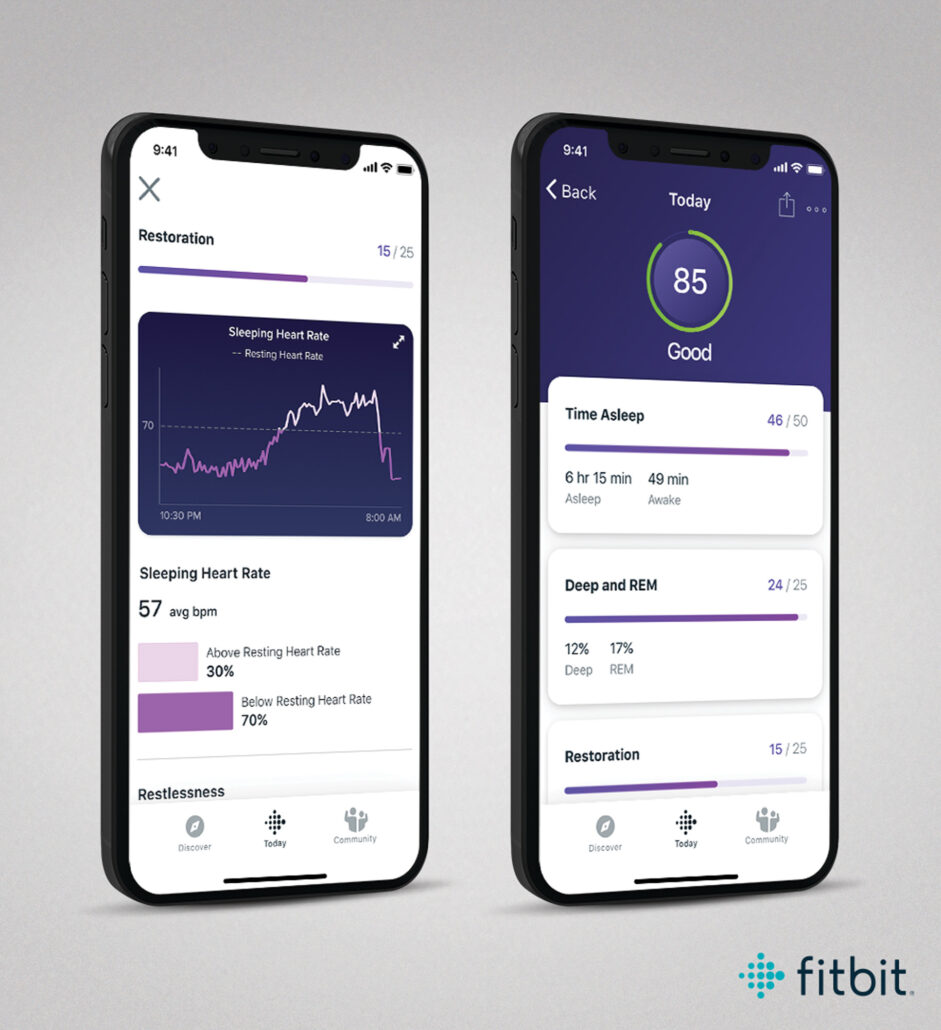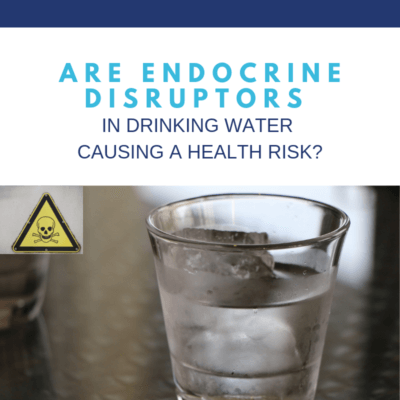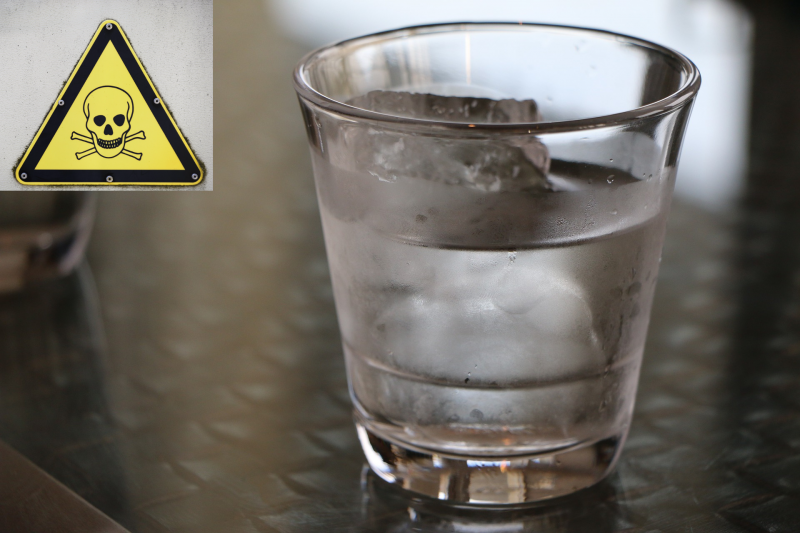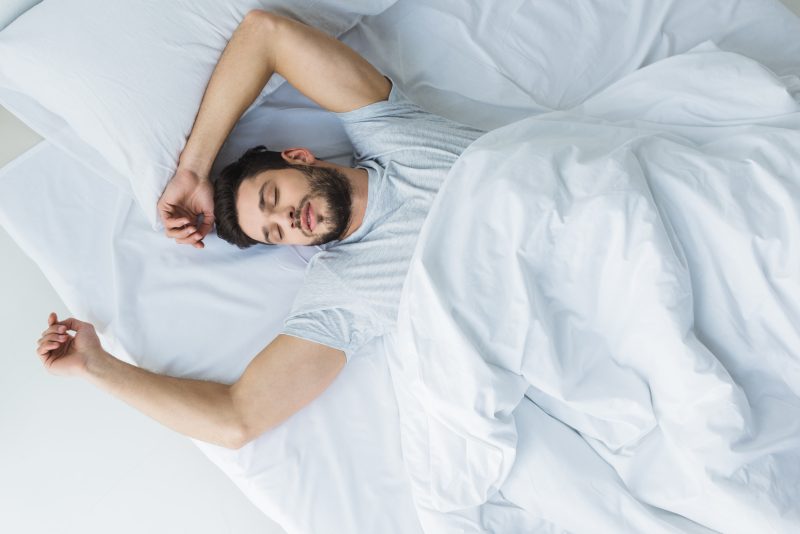
Are you struggling with performance issues in the sack?
If so, you are not alone. Erectile dysfunction (ED) refers to the inability to get or maintain an erection and unfortunately, this issue is on the rise (no pun intended). In 1995, 152 million men worldwide experienced ED, and that number is expected to swell to 322 million by the year 2025.[1]
As shocking as these statistics are, here’s another one: 75 percent of men diagnosed with ED do not seek out treatment.[2]
Why is this the case? One reason is that men underestimate the prevalence of ED and fear the stigma associated with it. Another is that most assume only older men suffer from ED—that’s just not true. Yes, ED is more common among older men (with 50 percent of men aged 40-70 experiencing ED), but research shows the prevalence of ED in young men might be as high as 30 percent.[3]
The good news is you don’t have to suffer in silence. There are many viable treatments out there to help you “rise to the occasion.” These include ultrasound therapy, priapus p-shots, testosterone replacement hormone therapy, and exercises designed specifically to help erectile dysfunction. Another excellent option is oral medications, like Viagra and Cialis. Because these medications have been around for a long time, a great deal is known regarding their effectiveness and side effects.
How Do Erectile Dysfunction Medications Work?
To understand how ED drugs work, you first need to know why ED happens in the first place. Although ED has several causes, the most common is vascular dysfunction.
Whenever you start to feel hot and heavy, your brain releases certain hormones into your bloodstream. These chemical messengers tell your penis its show time and help it to develop an erection. One of these released chemicals—nitric oxide—is a vasodilator, which is just a fancy way of saying it relaxes your blood vessels and allows them to widen, thereby increasing blood flow. The greater the blood flow, the stronger the erection.
But what happens if your blood vessels don’t fully relax or they are narrow due to plaque buildup? In those cases, you may need a drug to help your vessels relax—essentially a chill pill for your penis. That is where Viagra and Cialis come in.
Both of these medications belong to a class of drugs called PDE5 inhibitors. PDE5 inhibitors work their magic by relaxing tight blood vessels and allowing more blood to flow to certain parts of the body, including the penis. And they have another benefit too. According to Dr. Harry Fisch, urology professor and author of Size Matters, these drugs also reduce the recovery time it takes to achieve a second erection, which is helpful for the 40 percent of men who suffer from premature ejaculation.[4] Lastly, these drugs have a psychological benefit because they help men suffering with performance anxiety gain their confidence back.

Contrary to popular belief, ED drugs do not enhance the male libido and they rarely result in erections in the absence of sexual stimulation. “The biggest misconception is that these drugs are an on/off switch for erections,” says Dr. Louis Liou, chief urologist at Cambridge Health Alliance in Boston.[5] “You need to be with your partner and have foreplay. Don’t take it, do the taxes or the dishes, and then meet at the bedroom thinking you’ll be ready to go. It’s not like that.”
ED medications only work in conjunction with sexual stimulation. That’s because they rely on nitric oxide, and as you learned earlier, nitric oxide only gets released during sexual arousal. ED drugs essentially provide a super boost for your naturally occurring nitric oxide, which in turn leads to greater blood vessel relaxation and blood flow. Without sexual stimulation, there is no nitric oxide and ED medications have nothing to work with. So the pump has to be primed, but once it is, ED medications will boost your flow.
How Do Viagra and Cialis Differ?
Although Viagra and Cialis both increase blood flow to the penis, there are important distinctions.
Viagra, the brand name for sildenafil, was the first oral pill to receive FDA approval for treating ED in 1998. Because it has been on the market the longest, it is often doctors’ first drug of choice when treating patients with ED. The typical dosage recommended is 50mg, although it can be reduced to 25mg or increased to 100mg, if needed.
Viagra has an effectiveness rate that ranges from 77 percent (50 mg) to 84 percent (100 mg).[6] It requires 30 to 60 minutes to begin working and the effect can linger up to 24-36 hours. Viagra is taken on an as needed basis, which means its use requires a bit of planning. If you want complete spontaneity, this may not be the drug for you.
In 2003, Cialis, the brand name for tadalafil, was also approved by the FDA to treat ED. Cialis can be used like Viagra as needed at a higher dose (typically 20 mg), or can be taken daily at a lower dose (typically 5 mg). When taken daily, Cialis offers more opportunities for spontaneous sexual encounters.
Cialis has an effectiveness rate that is very similar to Viagra, ranging from 71 percent (10 mg) to 84 percent (20 mg).[7] It requires 30-60 minutes to begin working and the effects can last up to 36-48 hours. To be clear, this doesn’t mean you will have an erection for all of that time; remember sexual stimulation is always needed in conjunction with ED drugs. Cialis’ longer duration and allowance for more spontaneity likely explains why men prefer it over other ED drugs.[8]
What Are the Risk Factors?
The hard truth is that all medications have side effects, and ED drugs are no different.
First, let’s get the scariest side effect out of the way. If you’ve seen a TV commercial for Viagra or Cialis, you’ve likely heard the warning of a prolonged erection. Although it is incredibly rare, some men taking ED drugs do experience erections lasting 4 hours or more. This is not normal, and if it happens to you, consider it a medical emergency. This condition, known as priapism, can cause permanent damage to your penis’ tissue, so you should seek medical attention right away if it occurs. Luckily, priapism is a rare occurrence, but it does have a tendency to occur more frequently in men with sickle cell anemia, leukemia, and some penile deformities.
Now for the more common side effects. These include, in order from most common to least common: headaches, flushing, upset stomach, nasal congestion, vision problems, diarrhea, dizziness, and rash.[9] Cialis can also cause back pains and muscle aches. In most cases, men taking ED medications either don’t experience significant side effects. As Dr. Fisch succinctly put it, “If you have real erectile dysfunction, you’ll put up with nasal congestion.”[10] But here is a piece of useful advice: if you do experience side effects when taking Cialis, consider switching to Viagra since it stays in your system for a shorter duration.
Beyond side effects, there is also the issue of drug interactions. You can’t take any of the ED medications if you are currently taking nitrate medications (like nitroglycerin) for heart issues. Doing so can cause a sudden and dangerous drop in blood pressure. ED medications can also interact with drugs that lower blood pressure, like alpha blockers or antifungal medications. If you are on such medications, your doctor may recommend you start with a lower dose ED drug, that you use Viagra instead of Cialis since Viagra leaves your system quicker, and that you space your other medications and your ED medication four hours apart.
Finally, it is worth mentioning that ED can be a sign of a larger health issue. Because ED is often caused by vascular issues, it may be an early detector of cardiovascular disease that should not be dismissed. Yet another reason why any man suffering from ED should seek out the expertise of a doctor.

Do These Drugs Interact with Food or Alcohol?
Let’s face it, no one has sex in a vacuum. We often use food and alcohol as foreplay to relax and get ourselves (and our partner) in the mood. But things get tricky when you are taking ED drugs.
When it comes to food, it depends on the particular drug. Viagra should not be taken with food—doing so slows down the medication’s absorption and reduces its effectiveness. This is not the case with Cialis, which can be taken on a full stomach. However, with both drugs you should avoid consuming grapefruit or grapefruit juice, since this can cause a dangerous drug interaction.
When it comes to alcohol, a glass of wine or a bottle of beer won’t hurt you. But drinking excessively (more than two servings of alcohol a day) while taking ED drugs can put you at risk. Both Viagra and Cialis relax your blood vessels, which in turn lowers blood pressure. The problem is that alcohol does the same thing. That means that if you drink too much while taking ED drugs, your blood pressure could drop to dangerously low levels. You may get light-headed, faint, or even experience heart palpitations. Both ED drugs interact with alcohol in this way, but it’s more likely to occur for men taking Cialis since the drug stays in your system for a much longer duration.
Plus, here’s something else to keep in mind. Heavy drinking is one of the main causes of erectile dysfunction, especially in younger men. So if you are suffering from ED, you already shouldn’t be drinking more than two servings of alcohol a day.
Do I Need a Prescription?
In the United States, both Viagra and Cialis (as well as their generic counterparts) require a prescription from a doctor. Interestingly, in 2018 it became legal in the UK to buy Viagra over-the-counter, so in the future this may be an option, but for now, you need a prescription.
Some men try to skip this step and buy ED drugs online. That’s a really bad idea since most versions sold online are not only illegal, they are highly dangerous. In fact, Viagra is one of the most counterfeited drugs on the market and an estimated 80 percent of online sites that claim to sell Viagra are actually selling a counterfeit version.[11] These knock offs have been found to contain chemicals you definitely don’t want to put in your body, like road paint, floor wax, printer ink, amphetamines, and rat poison!
So do yourself a favor. Go to the doctor, get a prescription, and only buy the real deal.
How Much Do These Drugs Cost?
The cost of brand-name Viagra is quite pricey, as high as $77 per 50mg pill. However, in 2017 two companies started producing a generic version of Viagra, which costs around $30 for a 50mg pill. That’s a big improvement, but it’s still a hefty price tag.
An even cheaper option is to get a prescription for sildenafil citrate which is used to treat pulmonary arterial hypertension, dropping the price down under $5 for a 100mg pill. Using this drug in an “off label” way to treat erectile dysfunction is a fairly common approach.
Cialis is not much cheaper than Viagra. A brand-name Cialis pill will cost you as much as $72 for the typical 20mg dose, or $13 for the typical daily dose (5mg). The generic tadalafil can cut the cost down to around $5 for the as needed dose or $3 for the daily dose.
At this point, you may be wondering if Viagra and Cialis (as well as their generic counterparts) are covered by your health insurance. Unfortunately, the answer isn’t clear-cut. Insurance coverage for ED drugs is hit or miss—some cover it, others don’t. You will need to call your specific health insurance company to find out.
One thing to keep in mind is that insurance companies are often more likely to cover the generic versions of these medications since they cost half the price. Another is that when an insurance company does cover the drug, it is often for a limited supply (for example, four pills per month). Anything above this amount will likely be out-of-pocket. Lastly, know that Cialis is not only used to treat ED, it also treats prostate enlargement. When it’s prescribed for this reason, it usually is covered by health insurance.
Beyond insurance, there are a number of other strategies you can use to cut down on costs. First, always shop around because prices may vary across pharmacies. Using a price comparison tool like GoodRX is a great option in this regard. Second, ask your doctor about pill splitting, which means getting the prescription at a higher dose and cutting the pill in half. Using this approach is a bit tedious but it will save you a few bucks. Third, explore the drug manufacturer’s websites because they often offer discount programs for new users. Fourth, you can use coupons and discount promotions like those offered at www.goodrx.com or www.drug.com to shave off a little from the final price.
The main point to remember is that having ED doesn’t mean the E-N-D of your sex life. There are lots of options out there, so talk to your doctor and get the treatment you need. And if you are looking for the best natural remedies for erectile dysfunction, check out my article regarding ED lifestyle changes, or my other article regarding vasodilator supplements.
CONCLUSION
It’s time to get empowered to take control of your health. Unlock the code to peak performance with the Male Method™ to regain your energy, focus and confidence to feel like a man again.
We take a whole-body, epigenetic approach to health, focusing on all inputs and how they affect the human system. With the Male 2.0 Method, we utilize science-based precision medicine, personalizing your health based on your unique genetic blueprint. No more guessing!
We utilize cutting-edge age management protocols to reverse the aging process and expand longevity. And we track and leverage your biometric data using state-of-the-art wearable technology to truly optimize your health.
Ready to take the next steps?
Download the Blueprint
Schedule a Call
**************************
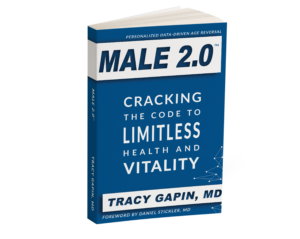 In Male 2.0™, Dr. Tracy Gapin has turned everything we once thought we knew about men’s health and performance upside down. The old model of how to be “a man” is broken. A man who works himself to death. Unfortunately, a man who tries to NOT get sick but isn’t really healthy either. And a man who takes a pill for every ill but is never really cured. That was Male 1.0. Now, imagine being THE MAN ─ owning your performance in the bedroom, the weight room, and the boardroom. Living a fully optimized life. Becoming limitless. This is Male 2.0!
In Male 2.0™, Dr. Tracy Gapin has turned everything we once thought we knew about men’s health and performance upside down. The old model of how to be “a man” is broken. A man who works himself to death. Unfortunately, a man who tries to NOT get sick but isn’t really healthy either. And a man who takes a pill for every ill but is never really cured. That was Male 1.0. Now, imagine being THE MAN ─ owning your performance in the bedroom, the weight room, and the boardroom. Living a fully optimized life. Becoming limitless. This is Male 2.0!
Tracy Gapin, MD, FACS is a board-certified Urologist, world renowned Men’s Health & Performance Expert, Author, and Professional Speaker. Using state-of-the-art biometric monitoring, nutrition and lifestyle intervention, Dr. Gapin coaches Fortune 500 executives and evolutionary leaders of business, sports medicine, and high performance. He specializes in cutting-edge precision medicine with an emphasis on epigenetics, providing men with a personalized path to optimizing health & performance. www.GapinInstitute.com
Want more tips to optimize your health? Listen to the latest podcasts. Click HERE

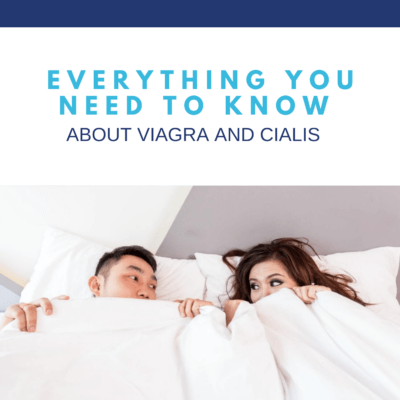
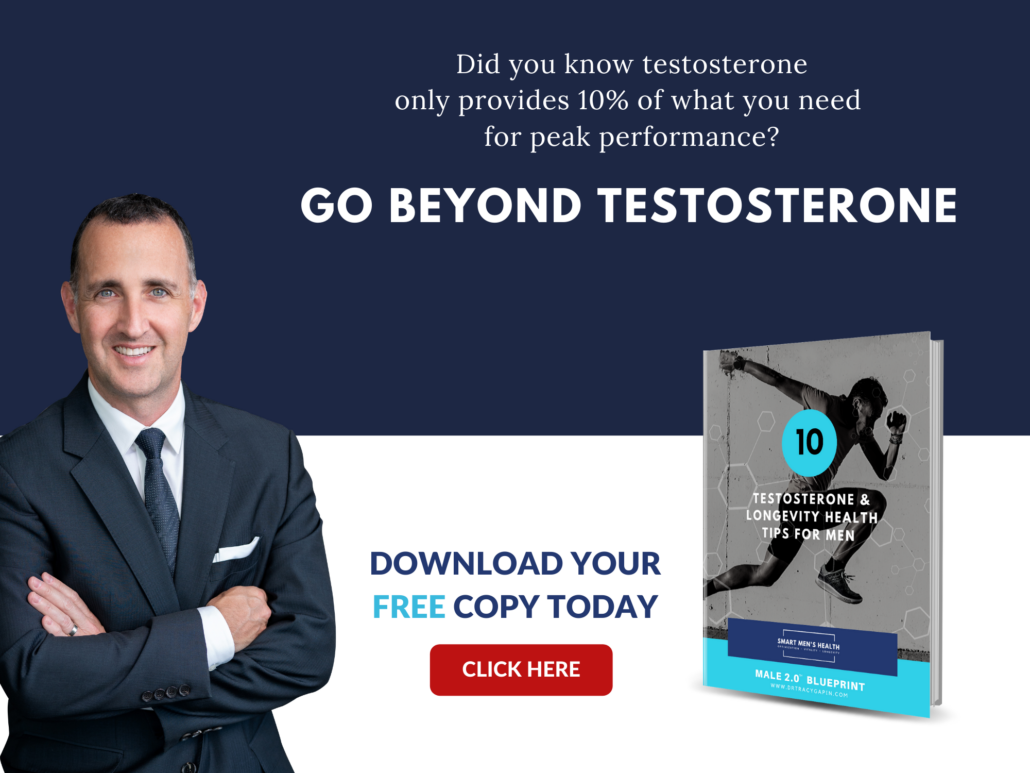



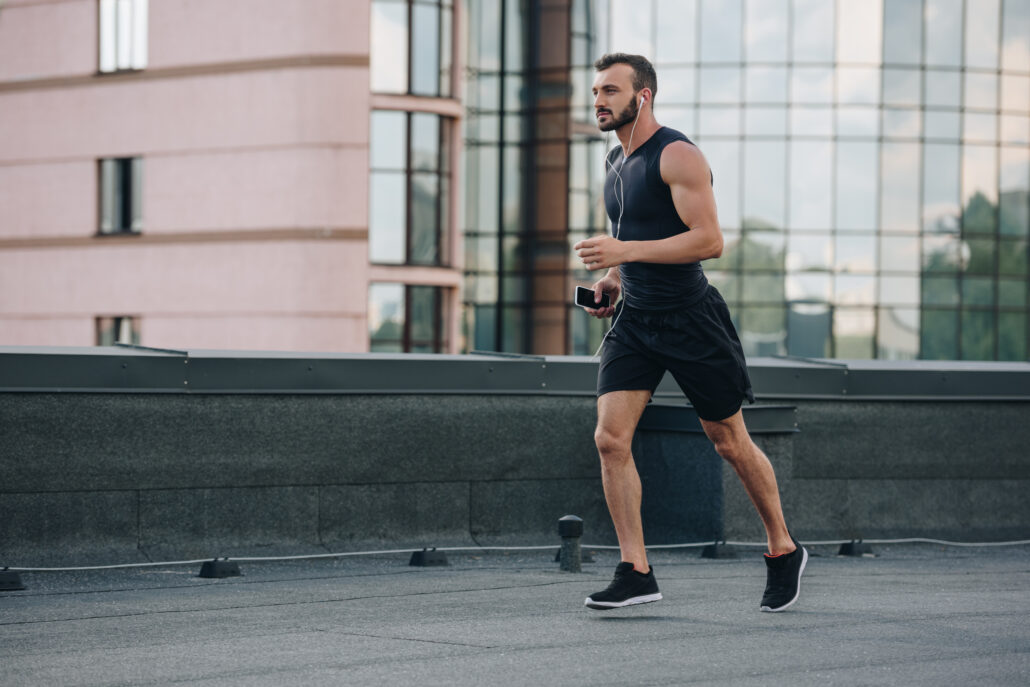


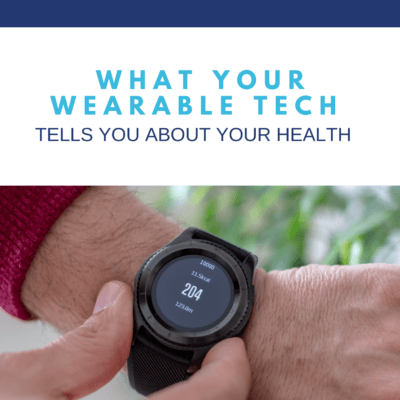
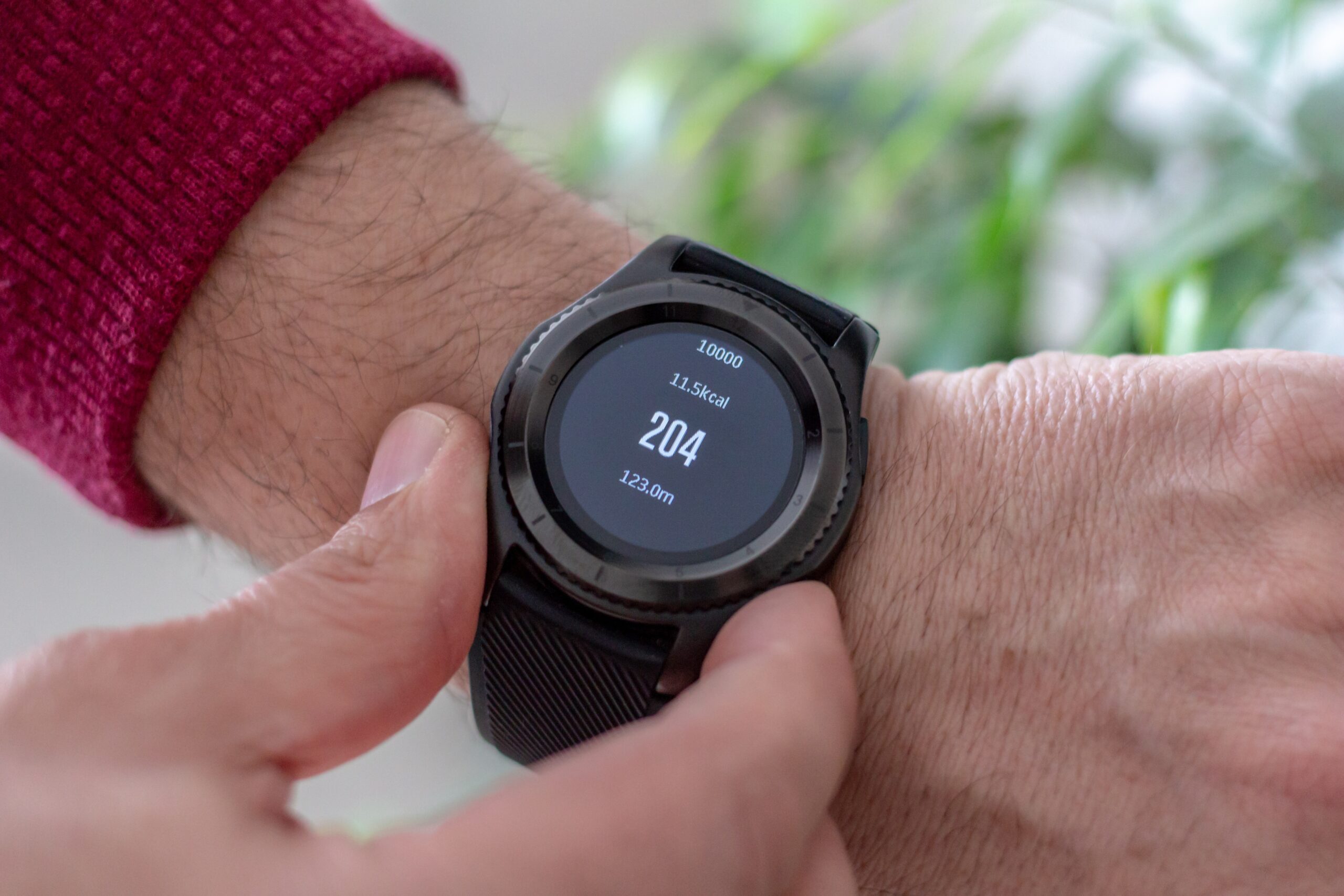
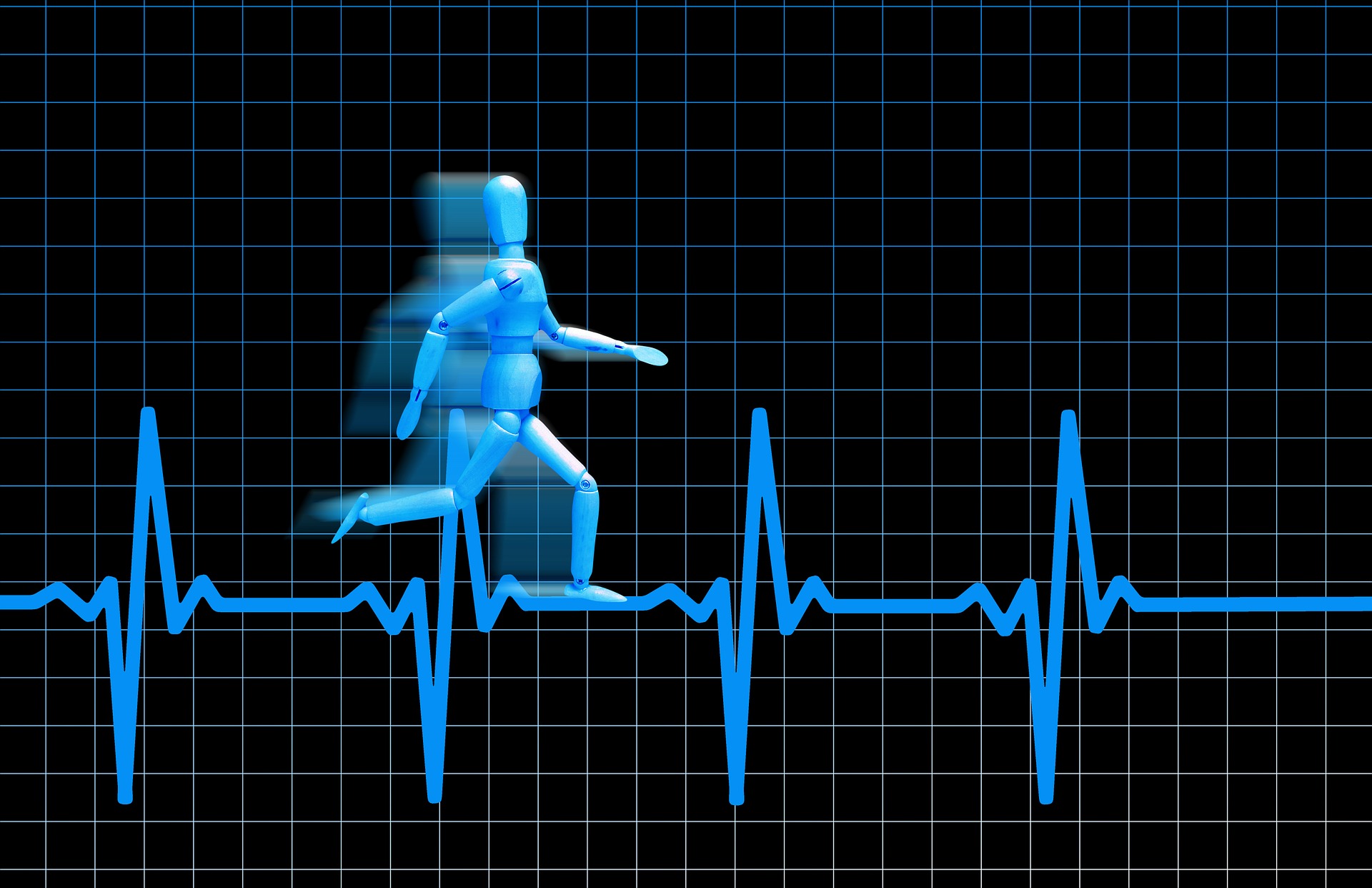

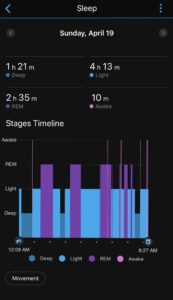

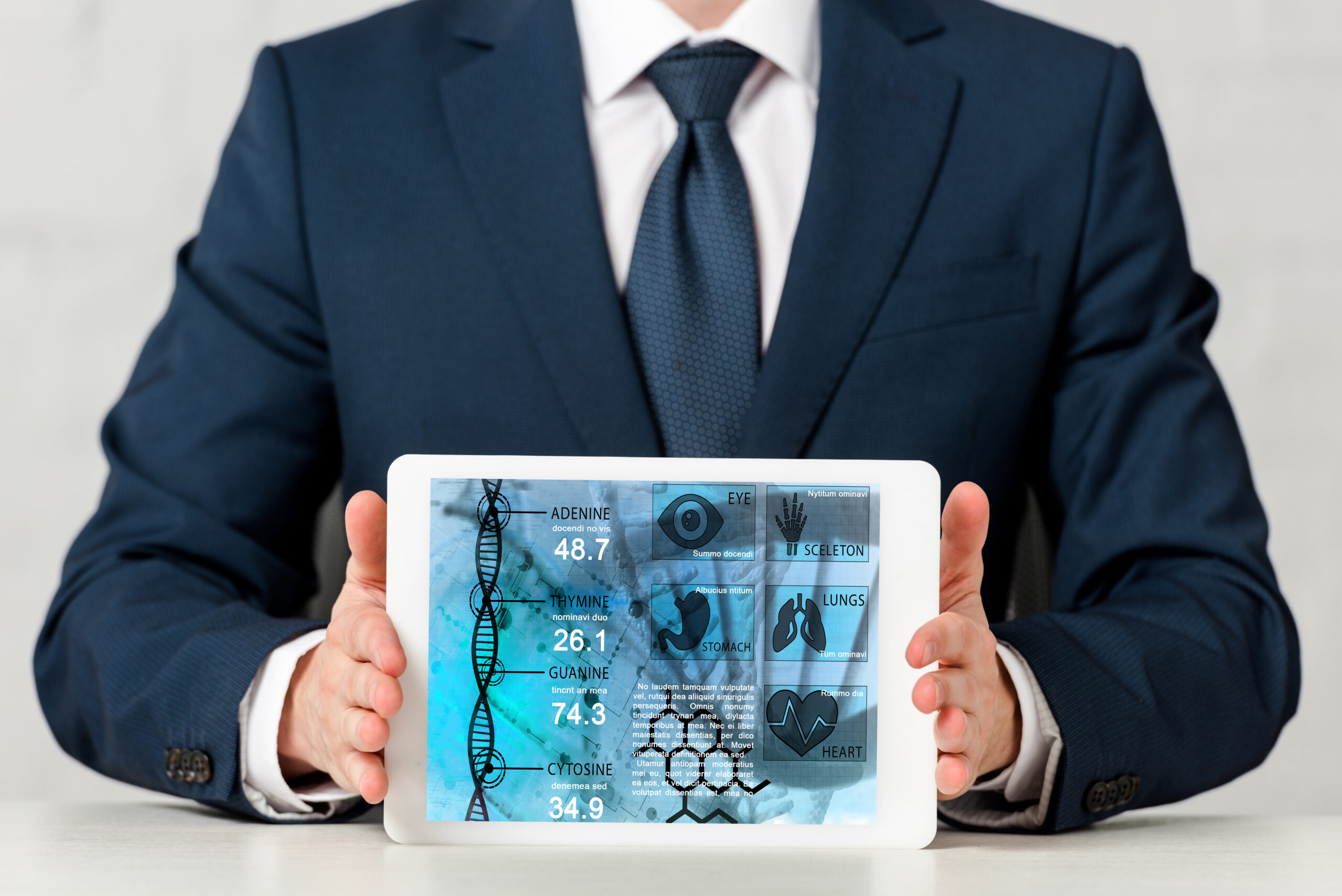
 In Male 2.0™, Dr. Tracy Gapin has turned everything we once thought we knew about men’s health and performance upside down. The old model of how to be “a man” is broken. A man who works himself to death. Unfortunately, a man who tries to NOT get sick but isn’t really healthy either. And a man who takes a pill for every ill but is never really cured. That was Male 1.0. Now, imagine being THE MAN ─ owning your performance in the bedroom, the weight room, and the boardroom. Living a fully optimized life. Becoming limitless. This is Male 2.0!
In Male 2.0™, Dr. Tracy Gapin has turned everything we once thought we knew about men’s health and performance upside down. The old model of how to be “a man” is broken. A man who works himself to death. Unfortunately, a man who tries to NOT get sick but isn’t really healthy either. And a man who takes a pill for every ill but is never really cured. That was Male 1.0. Now, imagine being THE MAN ─ owning your performance in the bedroom, the weight room, and the boardroom. Living a fully optimized life. Becoming limitless. This is Male 2.0!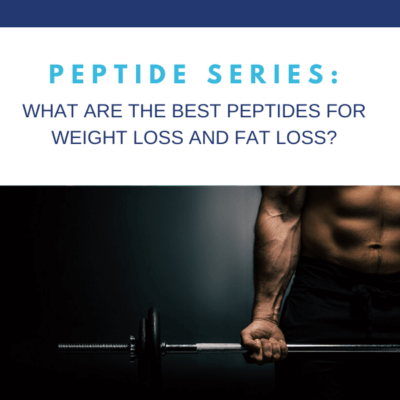

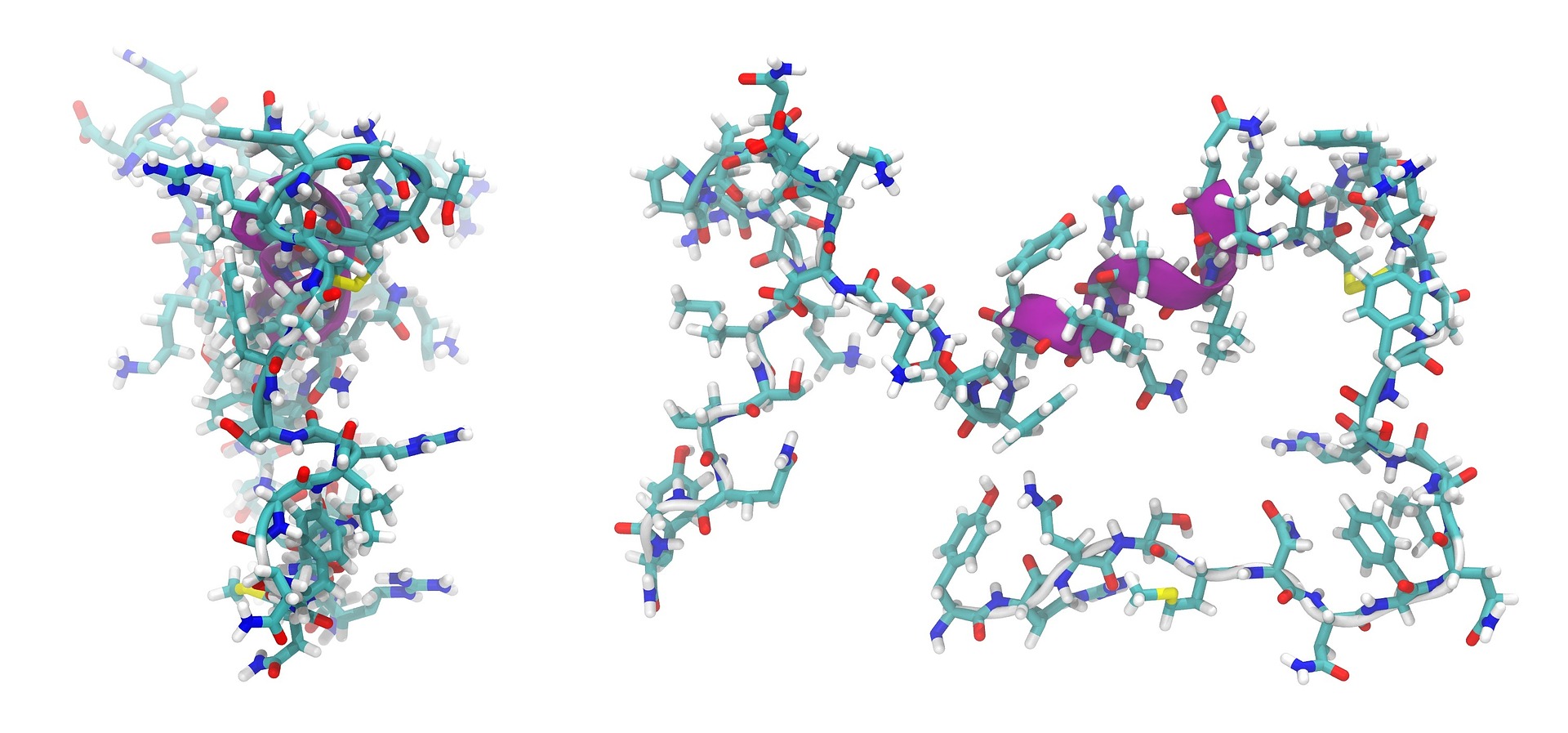

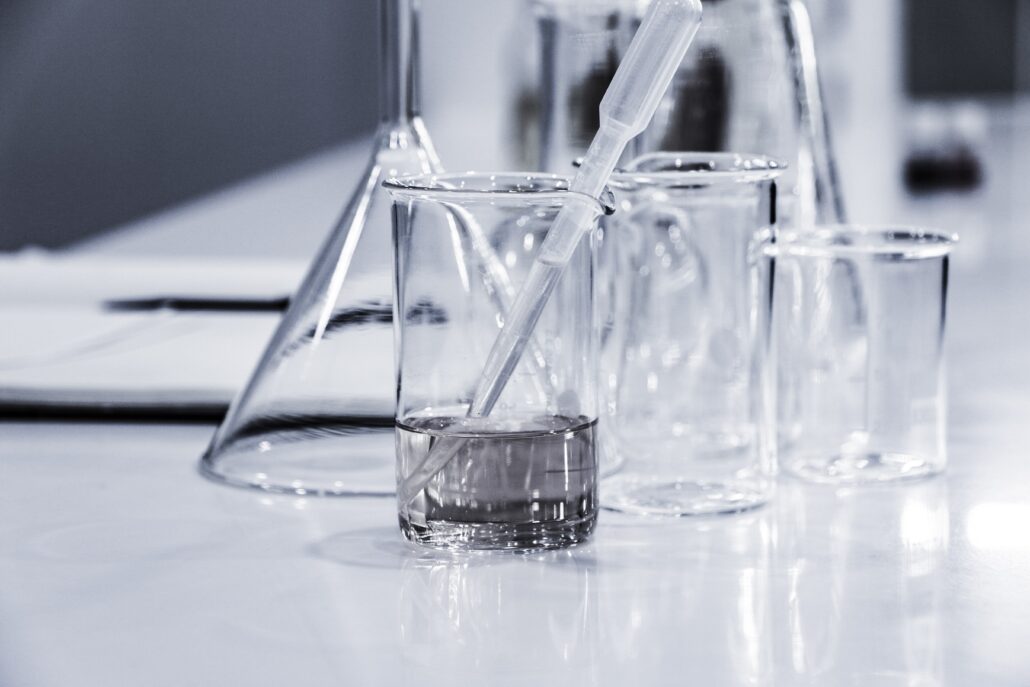
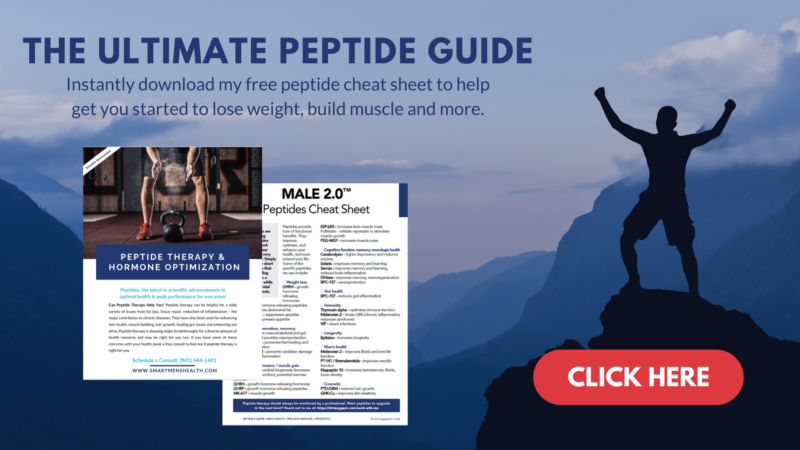
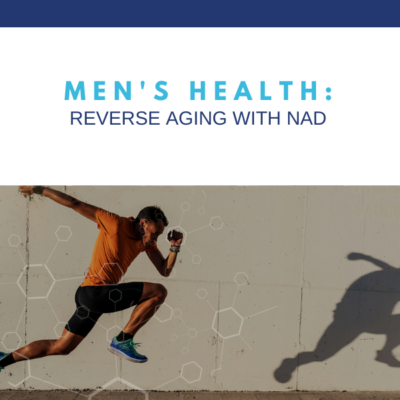

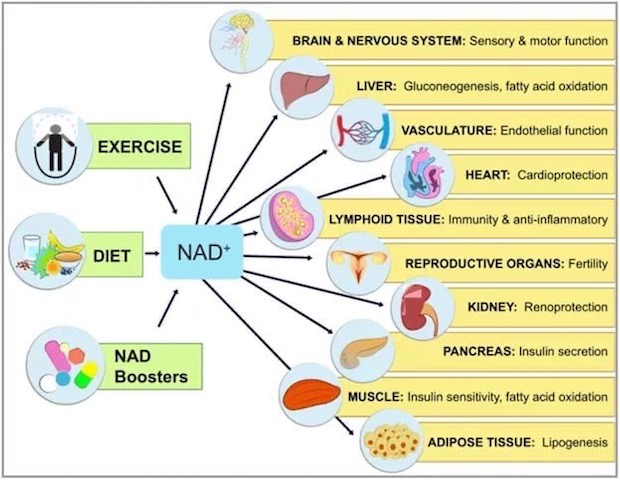
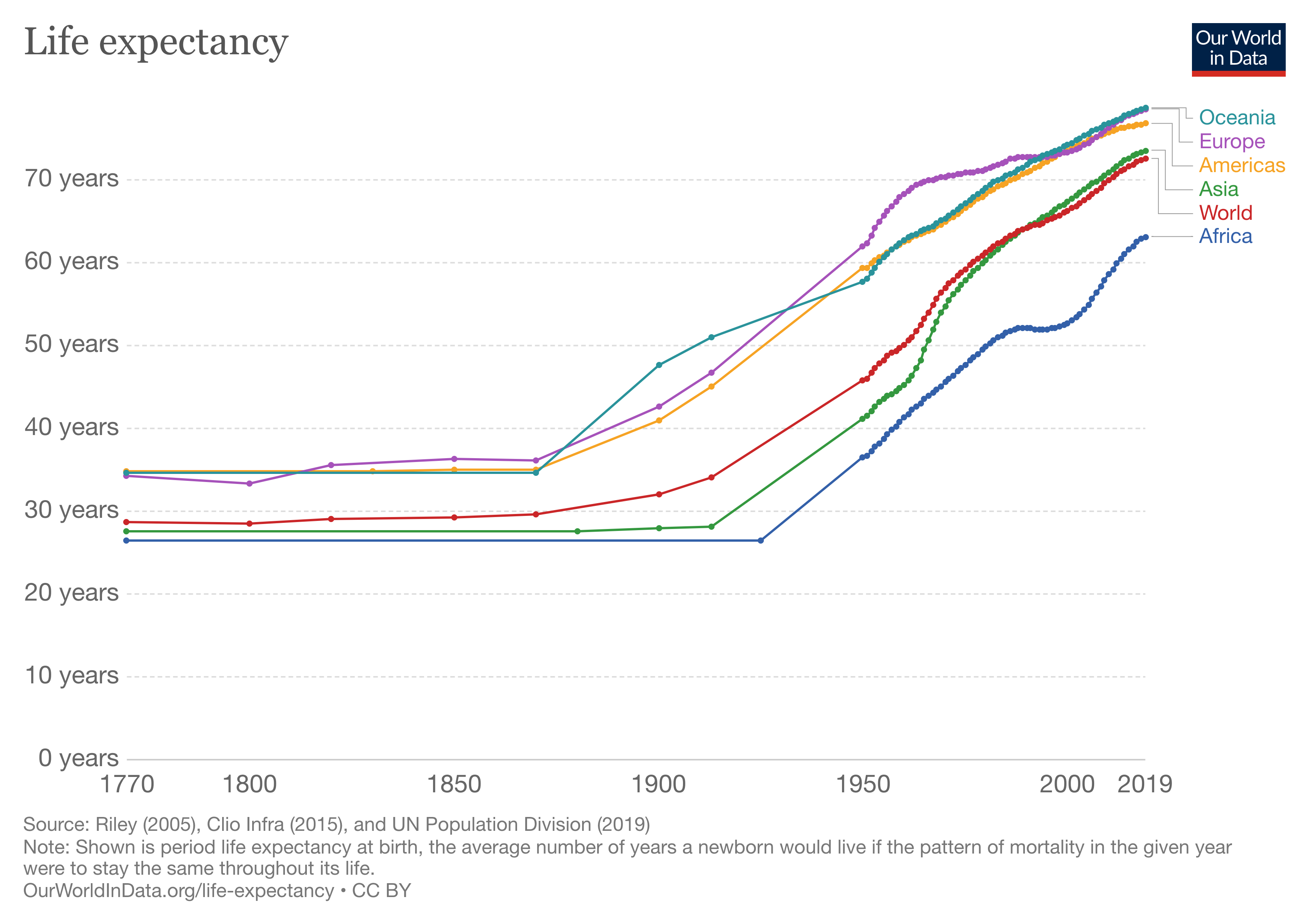

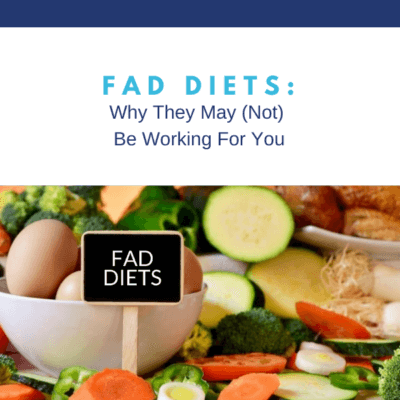


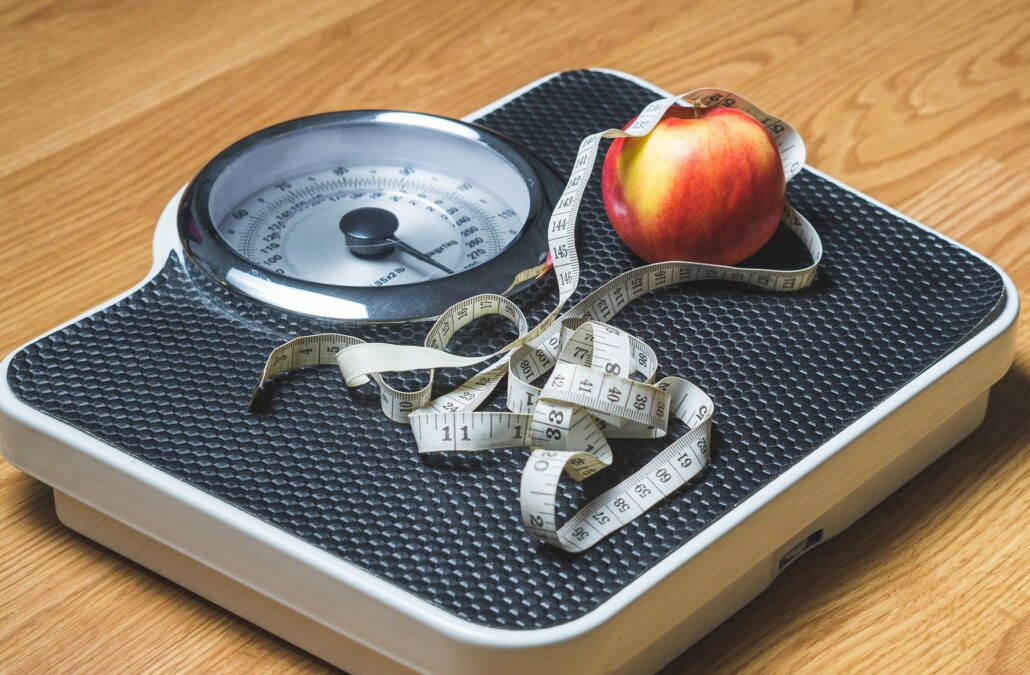

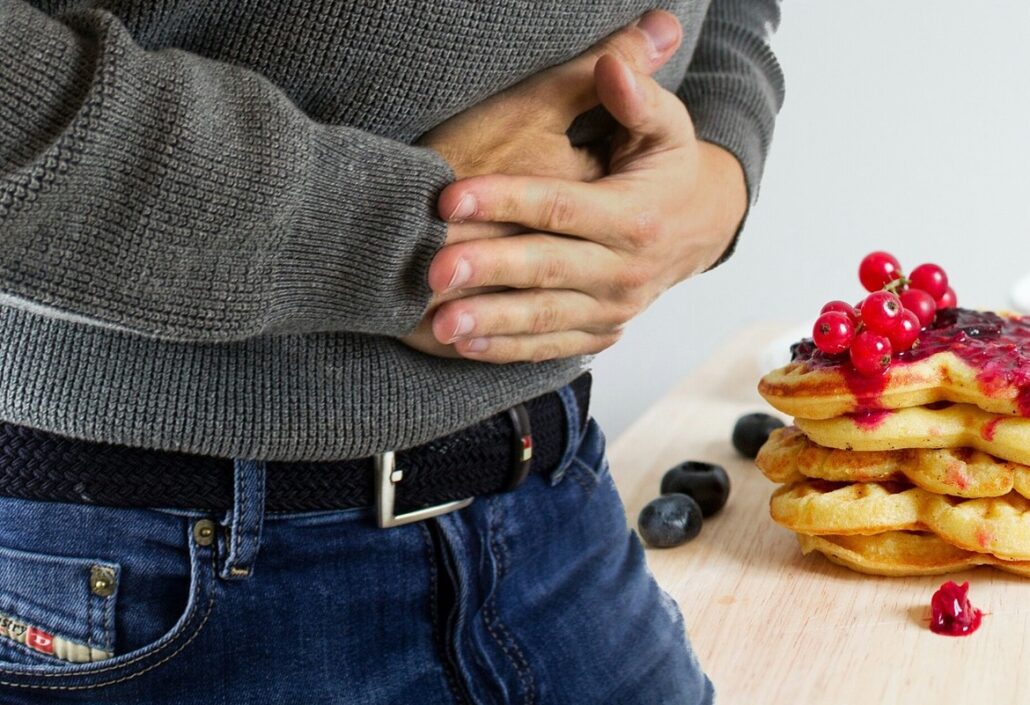
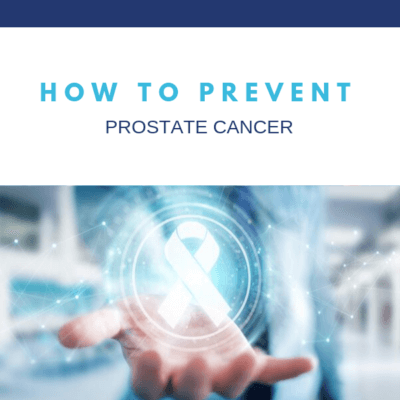
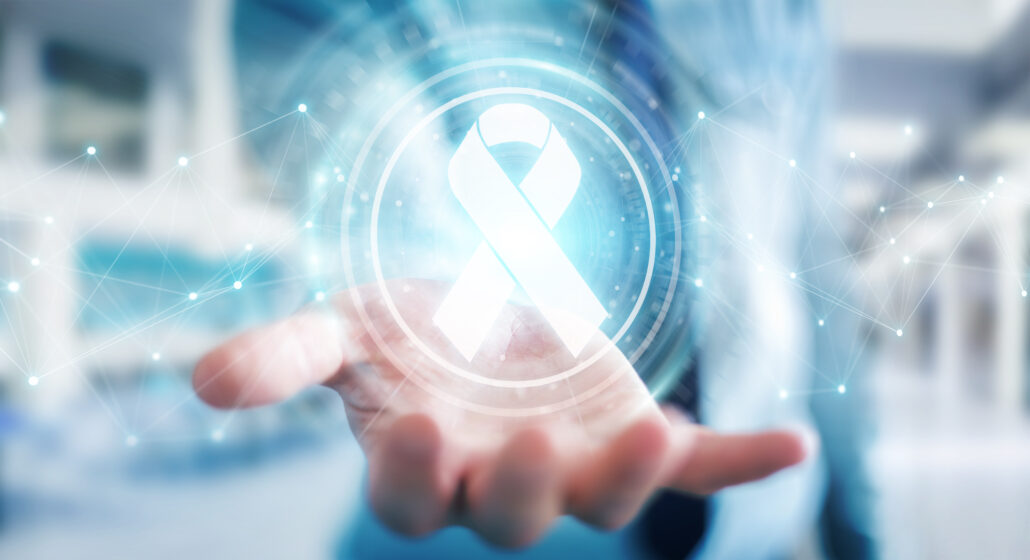

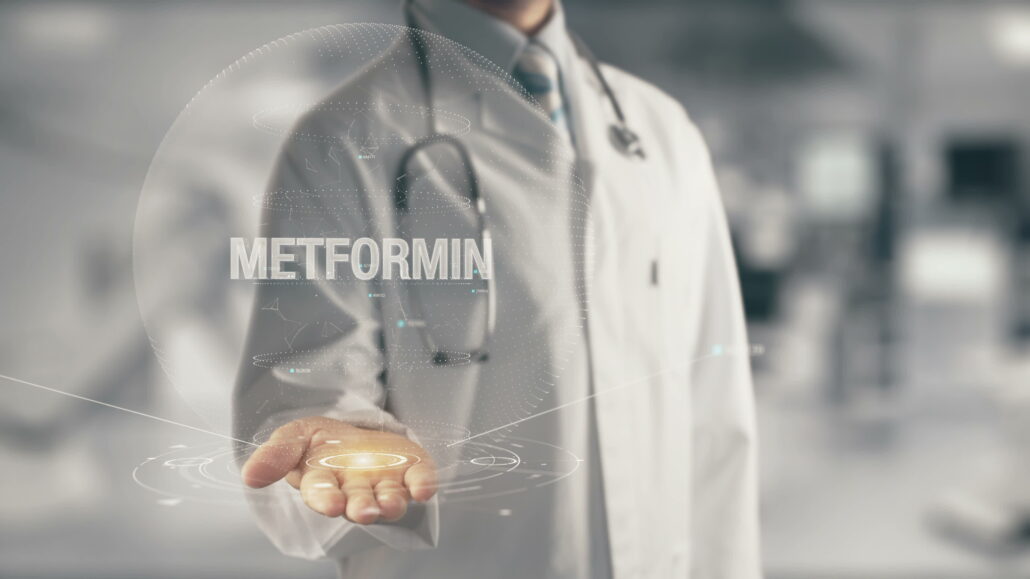



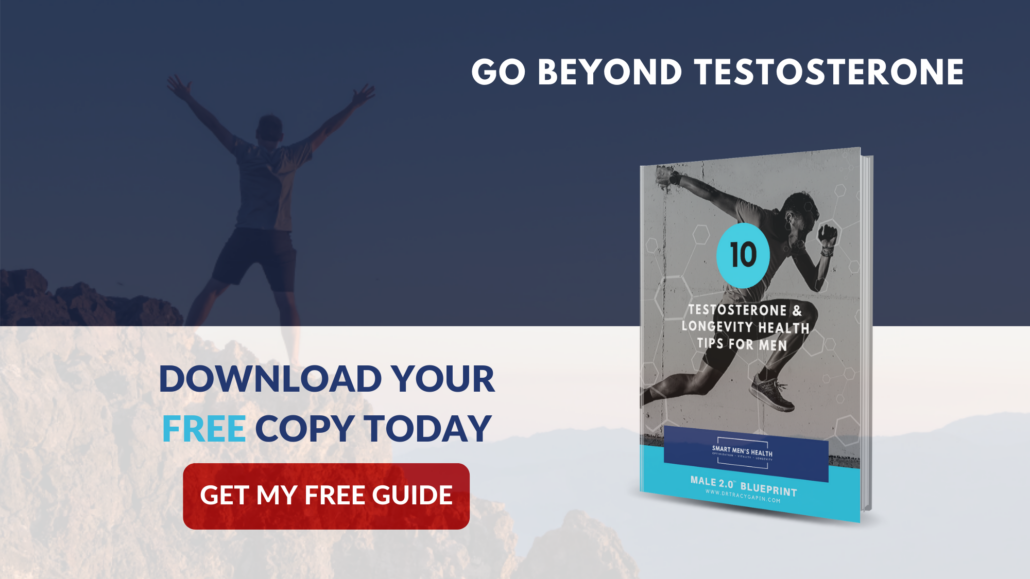

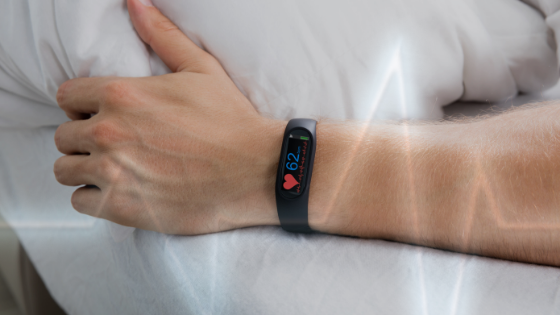
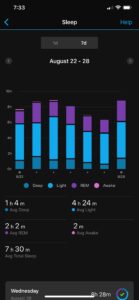
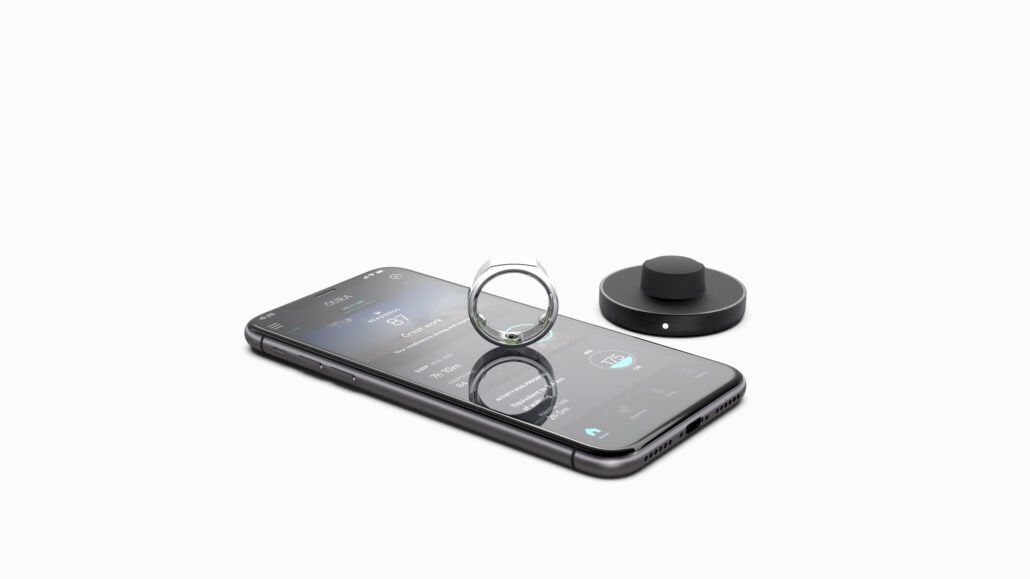
 The
The 